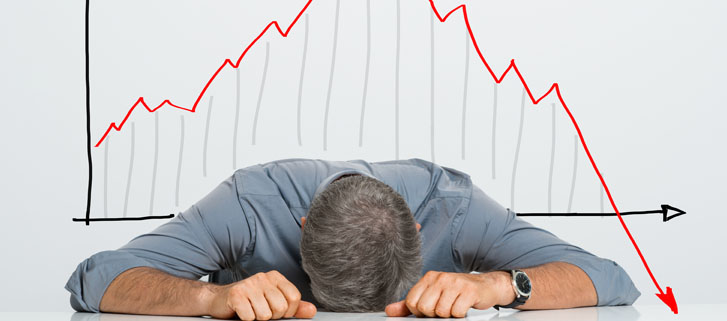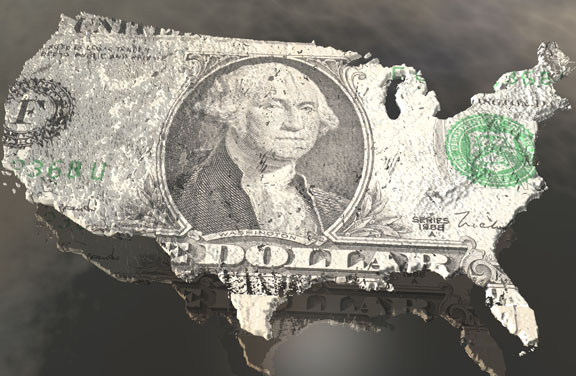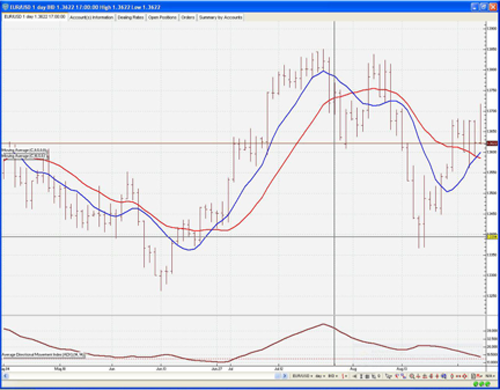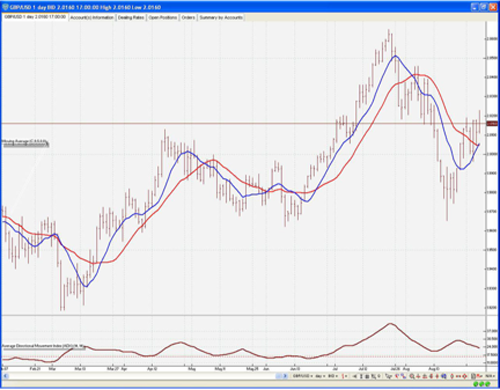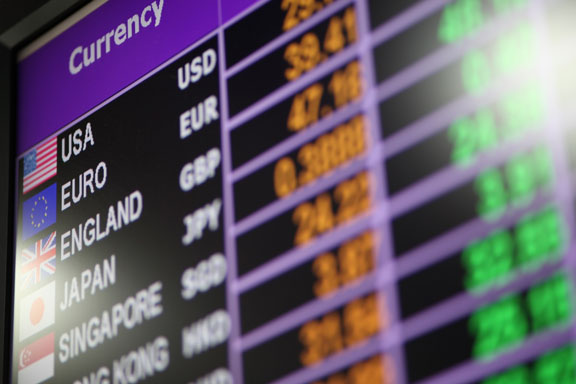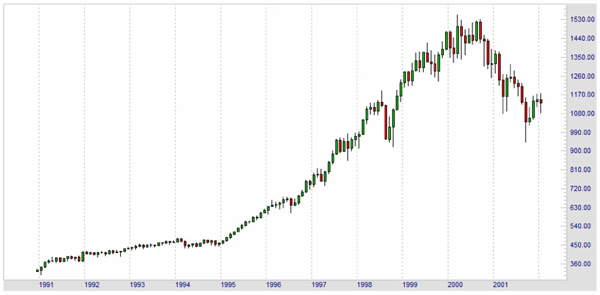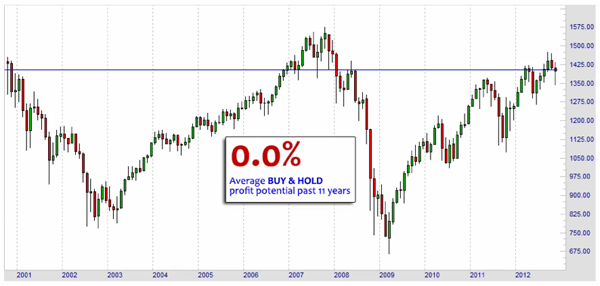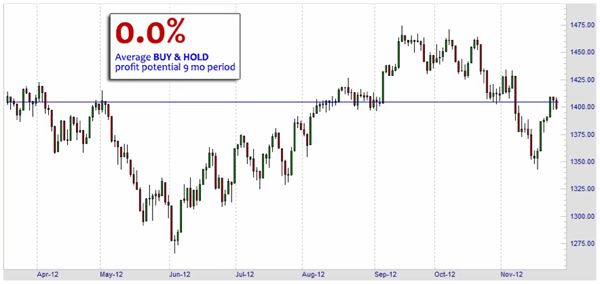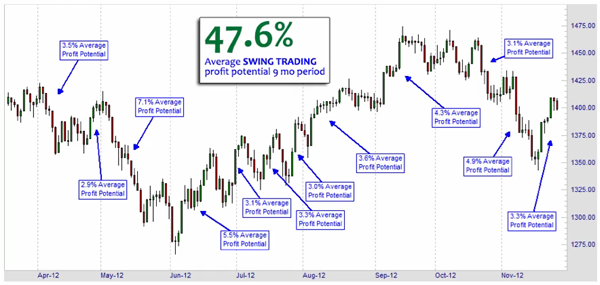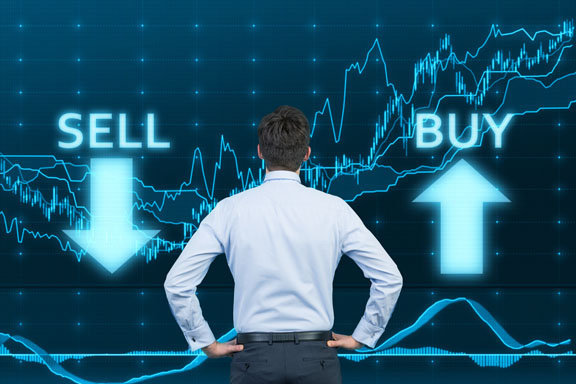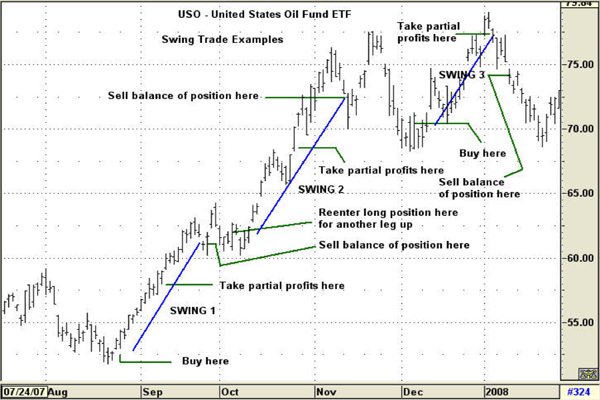Speaking with many different new traders, we often hear them speaking about how much money they want to make when they are trading. They speak about things like their winning percentage and how much they are going to make with each winning trade. They focus on the great vacation they are going to take, the new car they are going to buy, quitting their jobs, and many other wonderful and worthwhile things they want to do with all the money they are going to make. While it is important to have dream and set lofty goals, oftentimes, this approach to trading can cause us to become poor traders. Generally speaking, we can pick out new traders from experienced traders by listening to what they talk about. Like I said, new traders focus on their wins, while experienced traders focus on their losses.
While this might seem a little strange, the fact is, experienced traders know that, if they do not focus on their losses, they end up losing control of their trading. Newer traders, while understanding that they need to control losses, have not learned the importance of this concept. If you cannot control your losses, eventually they will control you. There are several things that you need to know in relationship to your trading losses.
First, know how much you are willing to lose in each trade and in each day. By setting your loss limit, you will know when you must stop your trade. Many traders will set a per trade risk amount that they are willing to lose on each trade. Someone might be comfortable risking 1% on any single trade they take. This means that they have set a limit to what they are willing to lose every time they take a trade. This is the easy part when it comes to knowing how to lose. The hard part is to actually take the loss when it happens. A simple way to do this is to just set a stop loss and leave it alone. Traders who do not do this end up taking bigger losses because they become afraid to take the loss when they are supposed to.
Another way to make it easier to take our loss is to trade a smaller risk amount. If you are finding it difficult to take a 1% loss, then you need to trade smaller. There is nothing wrong with starting with very small trade sizes if it allows you to better take the loss when you are supposed to. As you become comfortable with taking the losses when you need to, you can then gradually increase the amount you are risking to a higher level.
As you begin to focus on learning how to take your losses, you will find that you will become better and more consistent at winning. Your wins will take care of themselves as you take care of your losses. Becoming proficient at taking losses will put you closer to becoming the successful trader you want to be. Take some time to review how you take your losses so you can make the changes you need to in order to become the best trader possible.
